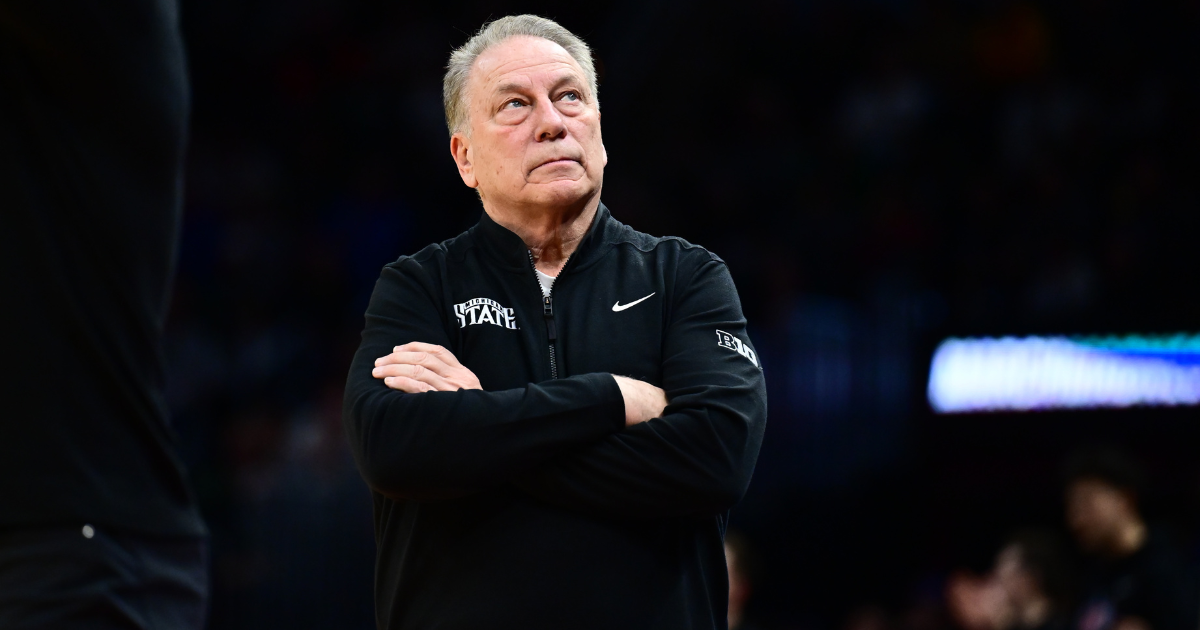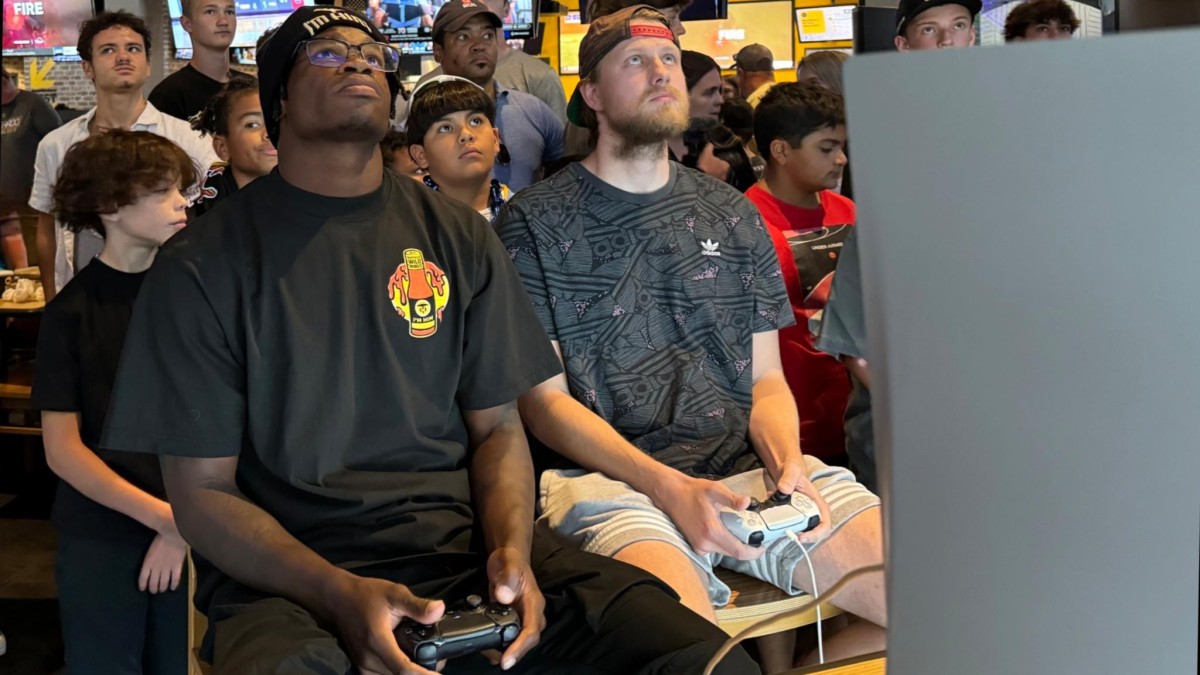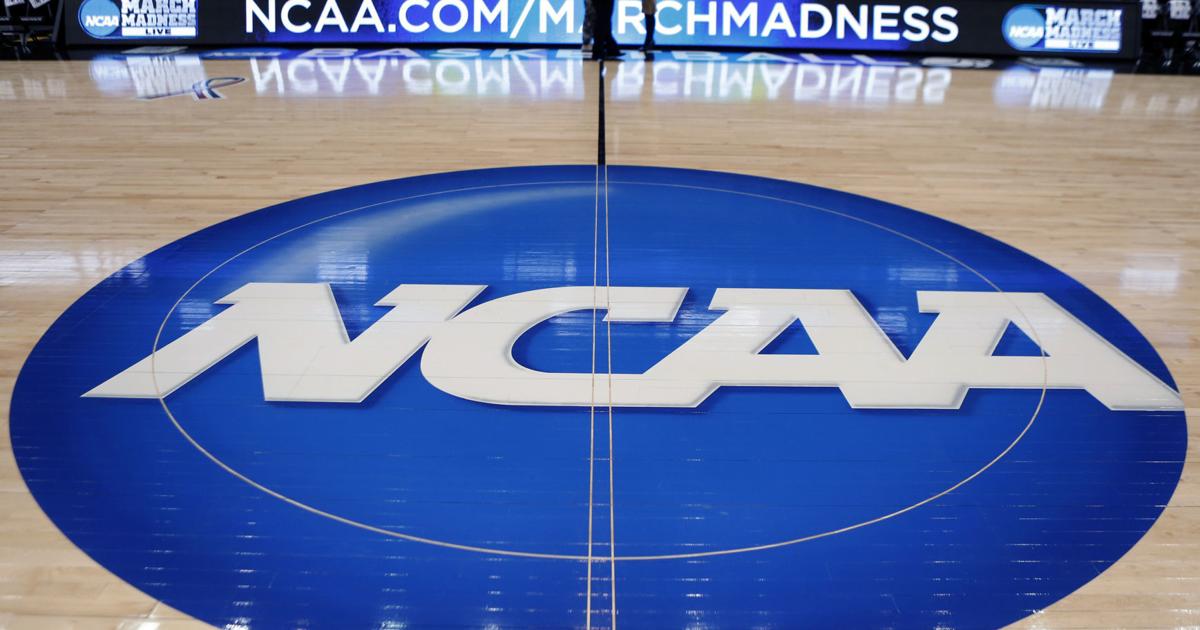NIL
PRESIDENT Donald Trump & COMMISSIONER Nick Saban JOIN FORCES to FIX NIL …
Explore college football’s future with NIL changes, key figures, and standout performances. Discover how these shifts might redefine the game and impact your favorit Author: kens5.com Published: 10:20 PM CDT May 4, 2025 Updated: 10:20 PM CDT May 4, 2025 10

NIL
Tom Izzo rejects narrative tied to his NIL, transfer portal views
Tom Izzo has been outspoken on his feelings toward the transfer portal and NIL in the past. His comments has seemingly earned the longtime Michigan State head coach a reputation that he may be against the way college athletics is headed. Izzo has pushed back on this notion in the past. On-hand for new Spartans […]

Tom Izzo has been outspoken on his feelings toward the transfer portal and NIL in the past. His comments has seemingly earned the longtime Michigan State head coach a reputation that he may be against the way college athletics is headed.
Izzo has pushed back on this notion in the past. On-hand for new Spartans athletic director J Batt’s introductory press conference, Izzo cleared the air on his perspective about the current state of college athletics. If anything, it appears he’s more worried about what happens to his players after they leave his program.
“People act like I don’t accept it, or I’m old school, and that’s a crock,” Izzo said. “I understand where we are, but I also understand what I think is best for a student athlete. We have not yet seen these guys that are making money and all of a sudden go back to $50,000 jobs. What it’s going to do? … I get sick of people acting like I don’t want to embrace it. But I want to do what’s right for the student athlete.
“I’m all for it, but it’s also going to be right for the program. It’s going to be right for the university, and it’s got to be right for the future.”
Michigan State did dip its feet into the transfer portal this offseason. Trey Fort committed to Michigan State from Samford following Bucky McMillan’s departure for the Texas A&M job. And then Kaleb Glenn will play for the Spartans next year after previously being in Boca Raton at FAU. Divine Ugochukwu transferred in from Miami as well.
This may be out of necessity given the Spartans lost multiple players to the transfer portal this offseason. However, that’s the nature of college athletics in its current landscape. Izzo concluded with a parting message to his critics on the subject.
“And all the people that are saying that I don’t want to embrace it, they’re not relationship based,” Izzo continued. “I wouldn’t give up the relationships I have, from Magic Johnson to Charlie [Bell], you know, I’ve hired like, six of my former players.
“Is that going to happen if guys come for a year and then leave, it’s not good. So watch what we wish for. Let’s figure it out. Everything moves so fast. I want to embrace what’s right for everybody to be successful, not for one year or two years, but for a lifetime.”
NIL
All-American Catcher Jazzy Burns Transfers to Texas Tech
Share Tweet Share Share Email When Texas Tech added star pitcher NiJaree Canady last offseason through the transfer portal, just about everyone could see the immediate impact she was set to have in Lubbock. After falling short of hoisting the National Championship trophy this year, the Red Raiders are reloading for another postseason run, this […]

After falling short of hoisting the National Championship trophy this year, the Red Raiders are reloading for another postseason run, this time with the help of another All-American.
On Saturday, news broke that the Red Raiders were adding former Ohio State catcher Jazmyn (Jazzy) Burns, an All-American in 2025. Burns was one of the best hitters in the country this season, and is set to join her teammate on the All-American roster, NiJaree Canady, in Lubbock.
Burns is coming off an incredible sophomore season with the Buckeyes, where she held a batting average of .455. She posted 25 home runs alongside a ridiculous .540 OBP (On-Base Percentage) and a slugging percentage of 1.006.
As a freshman in 2024, Burns was one of just three players to start all 51 games. She hit .298 with nine homers, six doubles, and 37 RBIs, which led all freshmen in the Big Ten.
She now heads to Lubbock, Texas, where she’ll try to get the Red Raiders back to the Women’s College World Series, with a shot to win it all.

NIL
EA Sports to Use Pay-for-Play Incentives for College Teams
EA Sports to Use Pay-for-Play Incentives for College Teams originally appeared on Athlon Sports. If you’re tired of watching your favorite college team struggle financially in the NIL era, here’s your chance to help by simply picking them in College Football 26. Advertisement EA Sports is rewriting the NIL playbook. For the first time ever, […]

EA Sports to Use Pay-for-Play Incentives for College Teams originally appeared on Athlon Sports.
If you’re tired of watching your favorite college team struggle financially in the NIL era, here’s your chance to help by simply picking them in College Football 26.
Advertisement
EA Sports is rewriting the NIL playbook. For the first time ever, schools will be paid based on how often they’re used in the game. Gone are the static royalty tiers. Now, fan engagement equals real revenue.
Here’s how it works: Every time someone plays a game with their favorite FBS team, it counts toward that school’s share of the royalty pool. The more your squad is played, the more money your university makes.
“This percentage of games played will become the final allocation percentage for each school that will be applied to the total gross royalties,” one FOIA document reads.
Take a hypothetical $5 million royalty pool. If 1% of College Football 26 games are played using Colorado, that’s a $50,000 payout to the Buffaloes, just for being popular.
Advertisement
This pivot marks a huge departure from the 2024 model, which paid schools based on their finishes in the AP Top 25 over the last decade. Under that system, elite Tier 1 schools earned close to $100,000. Tier 4 schools? Just $9,987.
Now, even underdog programs like Akron or Coastal Carolina can cash in if fans show up for them in-game. With more than 1.7 billion streams of College Football 25, the potential is massive.
And schools aren’t the only winners. Players who appeared in last year’s edition earned $600. This year? Up to $3,000 per athlete, thanks to dual deals from EA and Pathway Sports. While players don’t get royalties based on gameplay, schools do, which could loop back into NIL funds for star players.
In College Football 26, fans directly shape the NIL landscape. Every pick matters. Every game counts. And for once, your favorite team’s financial future might be in your hands, literally, on the sticks.
Advertisement
Related: Michigan Running Back’s Groundbreaking NIL Deal Redefines College Football
Related: Kentucky Basketball Beats Cap Proposal With NIL Power Play
This story was originally reported by Athlon Sports on Jun 7, 2025, where it first appeared.
NIL
Rutgers, Big Ten Winners in Landmark House v. NCAA NIL Settlement
On June 6th, the U.S. District Court for the Northern District of California approved the House V. NCAA settlement, a 2.8 billion-dollar agreement to provide back pay over the last ten years to over 400,000 student-atheltes who competed from 2016 to the present. Moving forward, the settlement allows schools to pay upwards of 20.5 million […]

On June 6th, the U.S. District Court for the Northern District of California approved the House V. NCAA settlement, a 2.8 billion-dollar agreement to provide back pay over the last ten years to over 400,000 student-atheltes who competed from 2016 to the present. Moving forward, the settlement allows schools to pay upwards of 20.5 million annually in revenue directly to athletes, essentially ending amateurism in college sports.
The Big Ten, already one of the two richest conferences in college sports, will benefit even further with this agreement. The conference brought in 928 million in 2024, with its twelve longest-standing schools receiving 63.2 million each, with Rutgers receiving slightly less at 61.5 million.
Yes, Rutgers runs an overall operating deficit and paying athletes up to 20.5 million dollars from a revenue-sharing pot certainly doesn’t help offset the department’s net losses. Softening the losses from high operating expenses and facilities upgrades is a problem for incoming President William F. Tate IV and the soon-to-be hired new athletic director to figure out.
For the Big Ten and Rutgers, this is clearly a win and serves to make the conference more competitive moving forward.
“We look forward to implementing this historic settlement designed to bring stability, integrity, and competitive balance to college athletics while increasing both scholarship and revenue opportunities for student-athletes in all sports,” said Tony Petitti, Big Ten Comissioner, in a statement.
The settlement also establishes the new College Sports Commission to implement the settlement and oversee Name, Image and Likeness (NIL) deals and roster limits. The committee will be charged with investigating any violations of the rules.
Of course, Rutgers and the Big Ten aren’t the only winners. Athletes in football and basketball stand to benefit the most financially, but even those competing in non-revenue sports have opportunities, particularly at schools who don’t invest significant money in football – like Cornell in men’s lacrosse or Vermont in men’s soccer.
With winners, also comes the losers. In theory, having a clearinghouse in place should eliminate multi-million dollar, pay-to-play bidding wars for the top available defensive end in the transfer portal but time will tell how this all plays out practically.
To nobody’s surprise, the biggest losers are the Group of Five schools from the AAC, CUSA, MAC, MWC, and Sun Belt. These schools will be more challenged than ever to compete at the highest level with the Goliaths and it makes one wonder if they don’t split off into their own football entity in the near future.
At the end of the day, for Rutgers head cocahes Greg Schiano of football and Steve Pikiell for men’s basketball, revenue sharing with athletes only helps their case as they attempt to recruit at a high level in the modern lanscape of college athletics.
Rutgers Scarlet Knights Stay Hot on Recruiting Trail by Landing Florida DB
Rutgers Star Predicted to Land With Former Champion in NBA Draft Blockbuster
Rutgers Star Ace Bailey Receives High Praise Before 2025 NBA Draft
Greg Schiano Looks to Strike While the Iron is Hot as Rutgers Faces Important Weekend in Recruiting Scene
NIL
How Does The New NCAA Settlement Impact Vanderbilt?
The ever-changing era of NIL in college sports was just changed again, and in a big way. In a report from Pete Nakos of On3 sports, Judge Claudia Wilken approved Friday evening the House vs. NCAA settlement on Friday in the U.S. Northern District of California, marking a landmark decision in the history of college […]

The ever-changing era of NIL in college sports was just changed again, and in a big way.
In a report from Pete Nakos of On3 sports, Judge Claudia Wilken approved Friday evening the House vs. NCAA settlement on Friday in the U.S. Northern District of California, marking a landmark decision in the history of college sports.
As a result of the settlement, college institutions can now directly pay student-athletes as a new revenue-sharing era of college sports begins on July 1. The settlement allows for a starting salary cap of $20.5 million that will be paid to athletes with the cap increasing annually.
Additionally, the settlement includes $2.8 billion in back payments to current and former college athletes dating back to 2016.
The settlement also includes proposed roster limits in college football (105), men’s and women’s basketball (15), baseball (34), softball (25), men’s and women’s soccer (28) and volleyball (18).
So, how does the settlement impact Vanderbilt?
As Nakos also points out in his report, football is expected to receive 75% of the $20.5 million salary cap followed by men’s basketball getting 15%, women’s basketball getting 5% and the remainder of sports getting the final 5%.
Considering college football will be getting the vast majority of the revenue share, it stands to reason that power conference schools in conferences such as the SEC and Big Ten will have the ability to pay athletes far more than any other conference, whether it be highly-rated players from the transfer portal and high school recruits.
Within these power conferences, the result of this new revenue-sharing era in college football and basketball more specifically will likely favor the powerhouse schools. While Vanderbilt could benefit from being in a power conference that will do what it can to compete with the top dogs in the conference, the settlement ultimately has the potential to likely hurt the Commodores.
Schools in the SEC that put more money and revenue-sharing into their football programs will likely stay at the top of the conference and thus create a separation between the schools that have more success and more money and the schools who do not.
Vanderbilt may also have trouble recruiting players from both high school and the transfer portal in football and basketball as a result of the settlement.
In the new era of college sports, student-athletes are won over by how much money they can get paid. As a result of this, the top-rated recruits and transfer portal players will end up going to the schools who offer the most money. Just as the schools who had the bigger NIL collectives were able to sway recruits, the same will be done in this revenue-sharing era. Because of this, it will likely make things more difficult for Vanderbilt to fill their football and basketball rosters with highly-rated players.
Though the settlement can allow Vanderbilt to build a roster of depth for football and possibly basketball as well, it faces a tall task in competing with the top SEC football and basketball programs in building a largely successful roster.
NIL
House Settlement’s arrival kills student-athlete model, NCAA
By the way, here’s a fun fact from loyal subscriber Bill in Clemson regarding that landmark litigation: “One of the root reasons Oklahoma sued the NCAA was when The Citadel v. Appalachian State was televised on the same day as Oklahoma v. Southern Cal. Even though TV viewership was heavily skewed toward the OU v. […]

By the way, here’s a fun fact from loyal subscriber Bill in Clemson regarding that landmark litigation:
“One of the root reasons Oklahoma sued the NCAA was when The Citadel v. Appalachian State was televised on the same day as Oklahoma v. Southern Cal. Even though TV viewership was heavily skewed toward the OU v. SC game, all four teams received $400,000 each baked upon the NCAA-governed media contract.”
That kind of distribution came to a screeching halt when the Supreme Court ruled 7-2 in favor of the NCAA’s individual members. That also created a bunch of fiefdoms that exist to this day.
More from Bill, who nailed it again with this:
“In this sea of change, a comment was said recently that it was unfortunate the different conferences are seeing each other as competitors instead of business partners.”
Reader Bill and the person he paraphrased for the win.
Win some, lose some
Still, it’s not all doom and gloom. As with nearly everything else in life, there are winners and losers with all of this.
The Superpowers, for one, win again.
The Big Ten and the SEC already make so much more than everyone else, which means they’ll have more to dole out. Above-board revenue sharing will only provide massive flex opportunities. More flexing will lead to more money, which produces more flexing … you get it.
Here’s another: Oddly, this massive, football-driven event will elevate some places that don’t even play the sport.
Big East schools — by virtue of not needing to concern themselves with football — could go bonkers and allocate the max salary cap toward basketball. That would dwarf what basketball players would get even in the Power 2. Gonzaga could do likewise.
It’s funny how the most transformative things to ever happen in college sports — NIL, the transfer portal and now everything bundled in the House Settlement — might actually benefit basketball. One-and-done nearly killed college’s version of the sport; everything else is positioned to elevate it.
-

 College Sports3 weeks ago
College Sports3 weeks agoPortal Update – Basketball and Gymnastics Take Hits
-

 College Sports3 weeks ago
College Sports3 weeks agoPortal Update – Basketball and Gymnastics Take Hits
-

 Professional Sports3 weeks ago
Professional Sports3 weeks agoJon Jones answers UFC retirement speculation as fans accuse champion of 'holding the belt …
-

 Youtube3 weeks ago
Youtube3 weeks agoXavier Legette taught Marty Smith his signature celly
-

 NIL2 weeks ago
NIL2 weeks ago2025 NCAA Softball Tournament Bracket: Women’s College World Series bracket, schedule set
-

 College Sports3 weeks ago
College Sports3 weeks agoNCDC Commitment Profiles: Cyclones’ Martins Moving On to Saint Anselm College • USPHL
-

 College Sports3 weeks ago
College Sports3 weeks agoIU basketball recruiting
-

 High School Sports3 weeks ago
High School Sports3 weeks agoToday in the MHSAA
-

 Motorsports2 weeks ago
Motorsports2 weeks agoWhy IHOP Rode With Dale Earnhardt Jr. In Amazon NASCAR Debut
-

 College Sports3 weeks ago
College Sports3 weeks agoFormer Alabama QB Trusts Nick Saban to ‘Save College Football’ on New NIL Commission












 Fever blow out Sky in season opener | WNBA on ESPN
Fever blow out Sky in season opener | WNBA on ESPN























